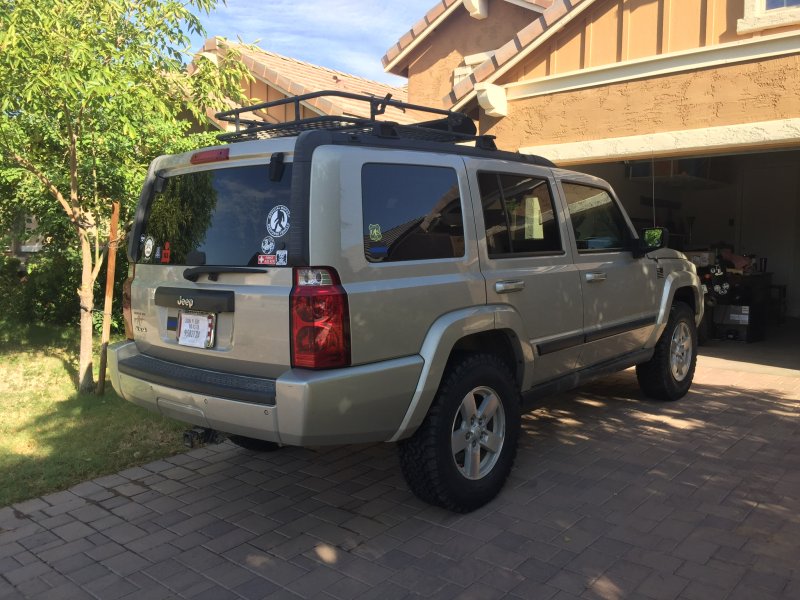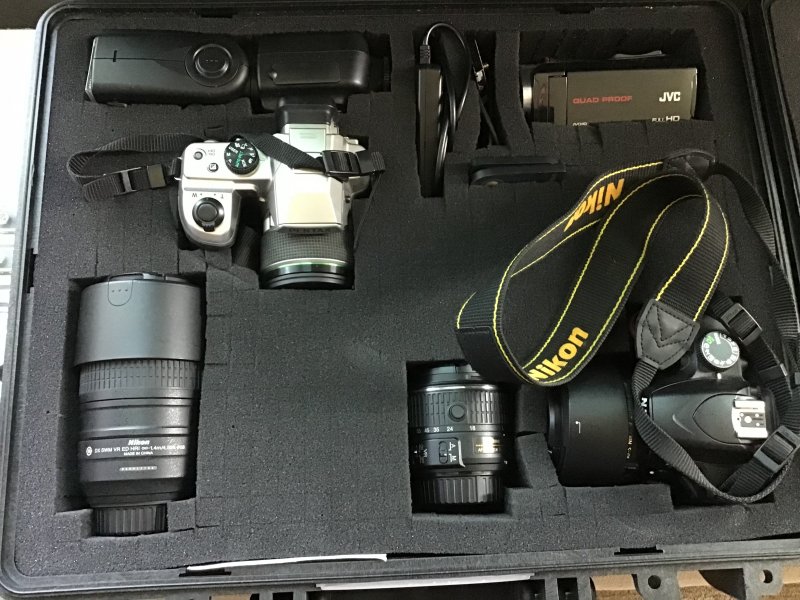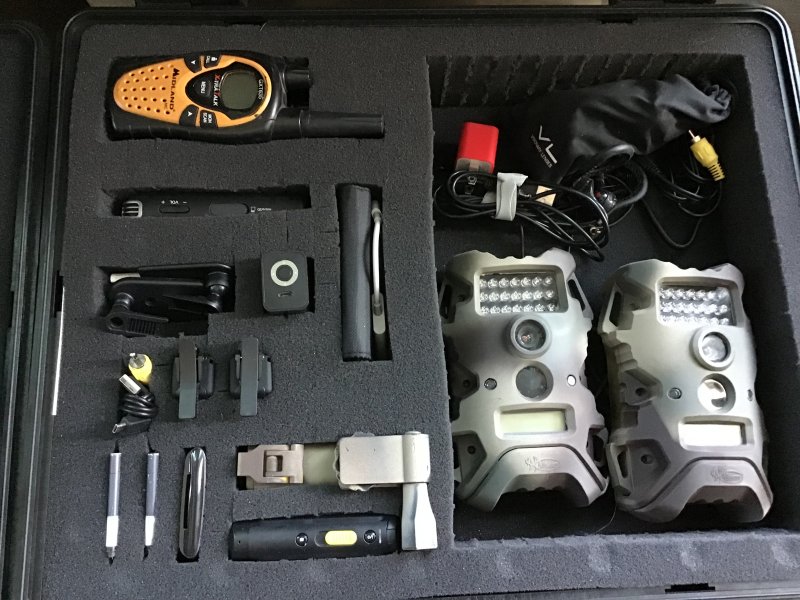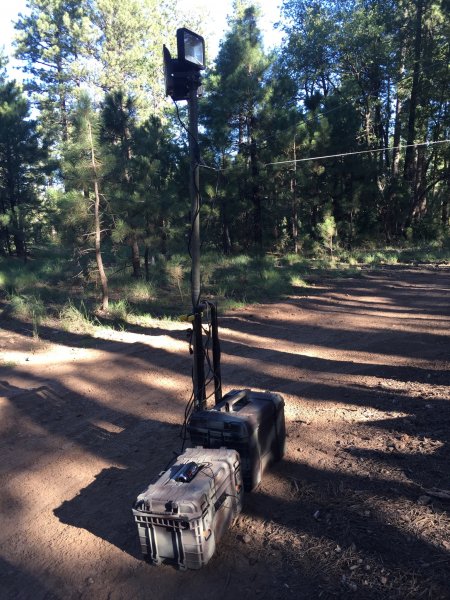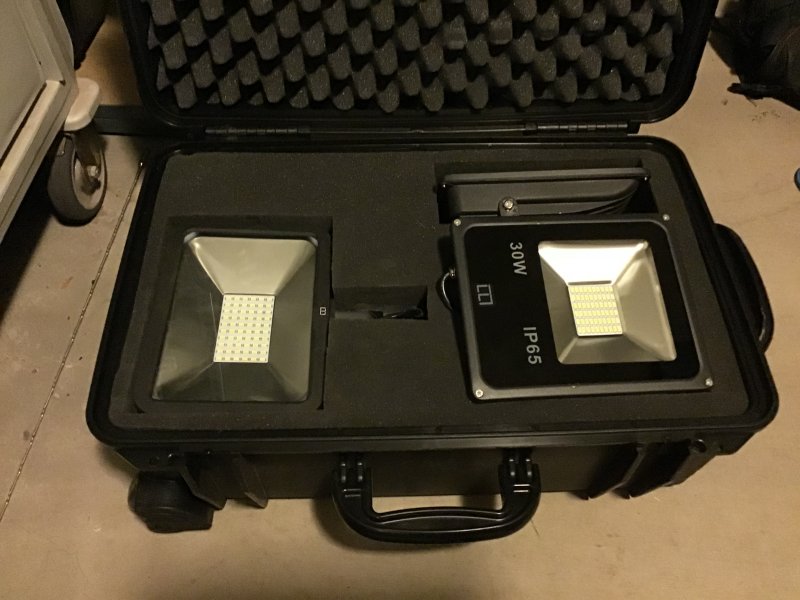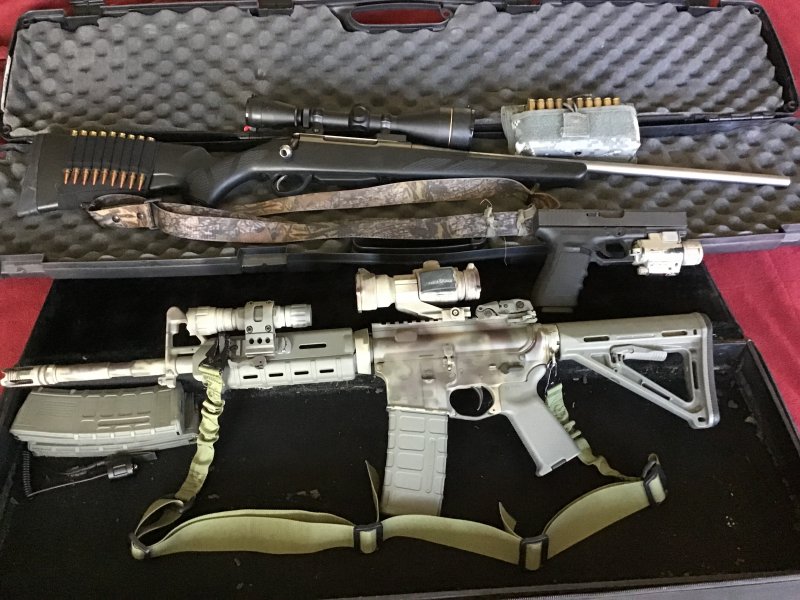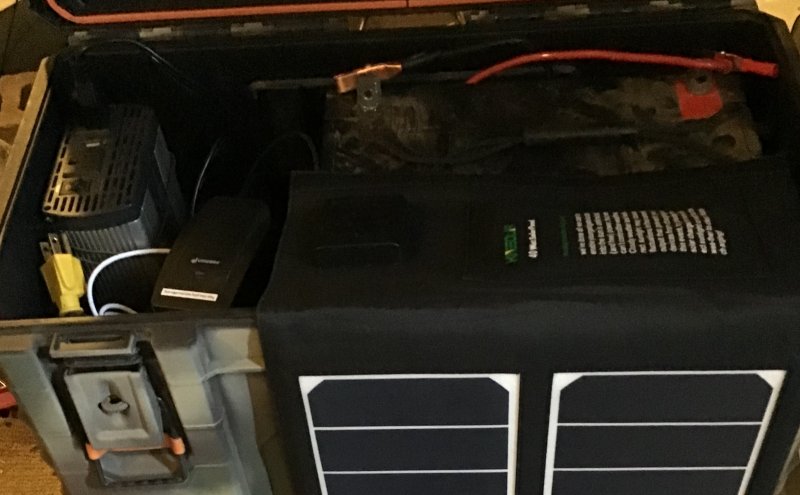Leaderboard
Popular Content
Showing content with the highest reputation on 09/22/2018 in all areas
-
Hi Catmandoo, Yes the paper is theoretical and based on fundamental physics of a generic game camera and movements of the animals. My recollection is that the authors used the physics analogy of a particle in the box to generate the primary equations. The field test of the equations was limited, I agree, but necessary to test if they yielded reasonable estimates. I have not found any better papers in the internet addressing this question (how many cameras are required to detect an animal given its range and density). Also, I have not found any papers addressing my new question, what happens if the camera is also moving. Which is completely theoretical, since I am not proposing to have game cameras moving in the forest. I am just trying to understand if hikers and cars (who ar moving and have eyes for detection) increase or decrease the odds of detection vs. a fixed camera (given the same amount of time in the field). Key assumption here is that human eyes are as good as IR cameras for detection of movement. Thanks for your interest and please let me know if you find anything that could help me better understand this. Gigantor, My understanding is that r is the distance between the camera and animal when it was detected by the IR sensor. Below is a quote from their paper on the method used to estimate r. The variables were estimated by a series of trials in which the camera was approached by a person at varying speeds and from varying directions, recording whether and at what point the sensor was triggered. In order to estimate the detection distance, r, , the zone was crossed perpendicular to the sensor beam. I suspect that the radius of detection will depend on specific camera design given the large diversity and selections available. Nonetheless, I am more interested on the macro relationships between detection and range and density and not so much on the "constant" variables in the equation. I agree with you that r will be very different for a hiker or driver in car using a different camera or just their eyeballs. BTW, my question is completely theoretical since I don't think you could place a IR triggered game camera in a car and drive without it triggering it all the time with the car motion. My interest is more with the analogy to human eyeballs. Maybe human eyeballs are even better than IR detection given our evolutionary history to pay attention to movement in the bush?3 points
-
Two weeks elk archery hunting no luck but still a great time. Skamania County WA, right in the heart of BF country. Squirrels made some great knocks with those big fir cones. My partner ran into a big black bear that was chowing down on huckleberries. He left the area because all he was carrying was a bow. Took his revolver with him after that. I followed a cougar this morning that was tracking a deer last night. Hope he got it so he wasn't looking for something else for dinner.3 points
-
I’m sure this has been done before, but hopefully this is not a nuisance! I’ve collected a few things over the years and of course I look like I’m going on safari for even a short outing. This is my current field gear. First, the wagon: A “new to me” Jeep Commander. 2” lift, Treadwright Wardens. Pretty capable for fire roads and plenty of storage. Next is my “Camera Kit”. Includes: Main camera Nikon D3200. 300mm lens, 50mm lens, cheap kit lens. Sony voice recorder. Backup long zoom camera. Flash. Quad Proof (water, dust, etc) HD video camera. Next is my “Surveillance Kit” Includes: Two game cams Two Cube cams Coleman action cam (2 spare batteries) USB phone/device charger Various charging cables FRS radios SD Card book (about 10 16-32gb cards) Sony voice recorder All of these take power, so batteries: ...and more power. Homemade solar generator using a Rigid storage box. Triple outlet in the front with USB charging ports and remote control for the 800W inverter. Battery is a 100AH gel/closed cell. Two solar panels, 40W each that can charge the main battery or a cell phone/camera in about 40 minutes. (Photo will not upload) Last is the area lighting. 3, 30W LED landscape floodlights. They will light up a football field sized area like day and will run for about 90 minutes on the solar generator. Again, this can be remotely lit (like from inside a tent). Of course...firearms. Home built AR15 w/77gr Barnes Tac-X. G20 with 220 grain hard cast and laser/light combo. Tikka T3 in .270 with 140 gr superformance. Solar generator... Not pictured: DNA sample kit: Includes 2”x 2” ziploc baggies for hair samples. Sterile sampling utensils: Tweezers Forceps scalpel Pliers Surgical masks Sterile gloves Sterile paper bags Sharpieand 1”x2” labels Casting kit: 1 gallon bags with premeasured plaster (not really plaster, I don’t remember the name of it...came i a 20lb bag) Bump helmet with action cam mount Ghillie suit So the question is: What situation am I not prepared for? My primary goal is definitive video, followed by definitive still photography and if possible and safe, to harvest a body. I do have an extensive first aid kit (packet by my wife who used to be an ER nurse). I have camping gear as well as clothing obviously as well as a packed 72hr bugout bag in the vehicle at all times. I carry a Maxpedition Jumbo with a filter straw, trauma kit, water, mainstay survival rations, folding saw and a packable bag (to harvest a body part if necessary) and I always, ALWAYS have a pair of good gloves, Gerber multitool, G20 and general purpose knife on me when more than 50ft from camp.1 point
-
The Rowcliffe paper (see source below), provided a formula for estimating animal detection using fixed game cameras. I wanted to estimate how animal detection will change if the game camera is also moving. A moving game camera is equivalent to human eyeballs as detectors either hiking thru a forest or driving in car. The authors developed a theoretical formula linking the animal density to the photo capture rate using properties of the camera. The expected number of contacts between animals and camera traps (Y) (each contact giving rise to one photograph) was estimated by the following formula: Y = (2 + Θ )/Π * rTV * D Where, T = time V = animal speed of movement D = animal density (number per square kilometers) r = camera radius of detection θ = camera angle of detection If we convert time and animal speed into the range covered by the animal in one day, then number of game camera contacts per day is proportional to the range x density. The question, however, is what happens when the game camera is also moving (equivalent to a hiker taking a 20 mile hike into the forest with GoPro camera) sunrise to sunset as an example. Would the probability of detection increase, decrease, or stay the same because the camera is moving? I have not worked out the math and don’t know the answer, but my initial impression is that the probability of detection would increase. I think this explains why detection of BF while driving yields so many reports. Multiple cars along a highway provide continuous game cameras (24-7) via the eyeballs of the many drivers along a larger distance than just a fixed point in the highway. Although, the correct comparison would be just one driver going back and forth (for example) a 40 mile stretch of road 24 hours a day vs. a fixed camera on the road. Assuming that the BF road crossing is random and not predictable, which method is more likely to detect the BF crossing the road? The tricky thing about this problem is that the area covered by the camera (whether on game camera or on car/hiker) is the same. So we are not getting more visual coverage in the camera lens. The only difference is that the detector is moving. This problem has probably been answered by the US Navy when looking for German subs. Which way is better to detect an enemy sub, by the ship staying put or moving in a zig zag fashion or other? My gut feeling is that the increase in detection would be a multiplier that is a function of the additional range covered by the moving camera. Maybe raised to a fractional power? I need to do more research on this. Any suggestions? Source: “Estimating Animal Density using Camera Traps without the Need for Individual Recognition” by Rowcliffe, Field, Turvey and Carbone in Journal of Applied Ecology, 2008. See link below. http://onlinelibrary.wiley.com/doi/10.1111/j.1365-2664.2008.01473.x/pdf1 point
-
Part of the equation factors in the movement of the animals. If an animal moves a lot or has a large home range they are easier to detect. Other papers that have used this method have gotten the movement rate from a previously published telemetry study. This method estimates the density. Not just presence absence or how many cameras placed for what time period to detect said animal. As stated above one problem is camera placement. The paper is a little vague on this and there have been some back an forth "discussion" in journals on it. The cameras sort of have to be randomly placed but still need to have a good chance at detection. If they're all on used game trails then that biases the data, however you can't have cameras facing a rock wall either. There's a been a bit of work to come up a with a method to estimate density with trail cameras for animals that don't have readily identifiable individuals. There's been a few papers using this method.(tapirs, a southeast Asian pig, Iromote cat in japan). Interesting idea to try to apply the method to human eyes. Hmmmmm....would you have to quantify things like changes in direction where you're looking? How many head turns per hour?1 point
-
I answered but not crazy about the first question. I answered skeptic because I do have doubt, but I'm also open to the possibility or "on the fence'. I'd say a true skeptic is by nature "curious/on the fence". A closed mind would not be a skeptic, but a scofftic/denier.1 point
-
-10F doesn’t even worry bunny boots. I can sit inactive in -10F with them on all day and night and never get cold feet. VB boots stands for vapor barrier. You’re feet will likely get wet from sweat, and you’ll still remain warm. In the pic, notice the tab in back by the heel? That’s where both the Army XX skis and snowshoes secure. Soldiers march all over in them. On the outer side near the ankle, you see that valve? It is to be opened during parachuting to equalize pressure while descending from high atmospheres. They’re pretty heavy, but they’re the best Arctic military boot ever built. https://en.m.wikipedia.org/wiki/Bunny_boots1 point
-
That’s a sad video. I’ve had orcas next to me in a small boat like that. A big bull, too. It was most impressive. I’d be awfully nervous about letting that otter on my boat with those orcas after it. I’ve heard of 1500 lb Stellar sea lions boarding vessels to escape orcas as well as to steal fish. I can just imagine a hungry 5 ton orca on my 22’ Bayliner Trophy after a stowaway otter.1 point
This leaderboard is set to New York/GMT-05:00





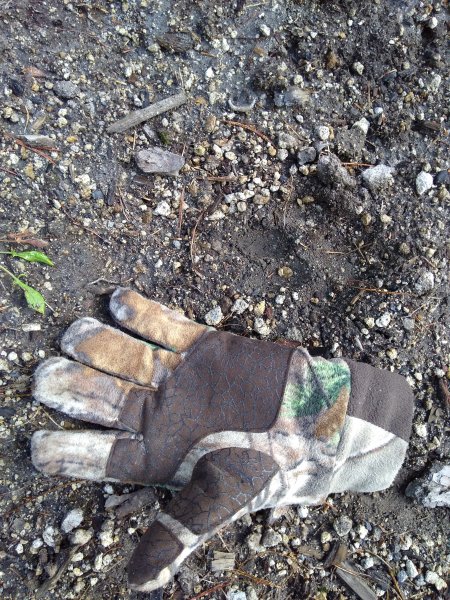

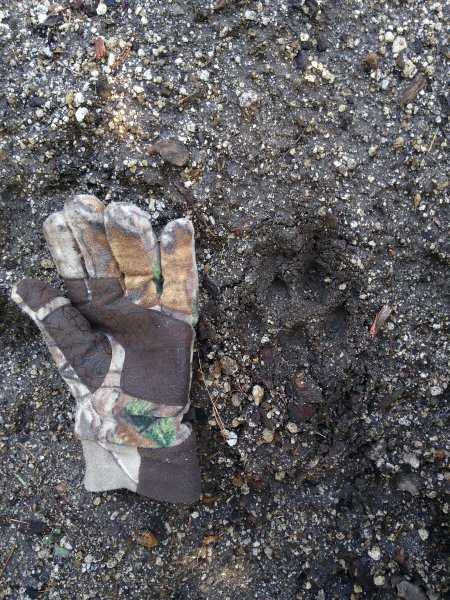

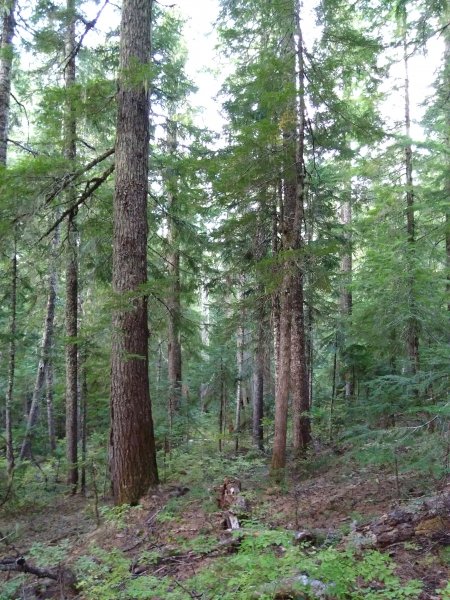



.jpg.22317ae0836e3f3a2b993c7c523787d9.thumb.jpg.51223db83d4cd68123b9c0ccc5531ed0.jpg)
